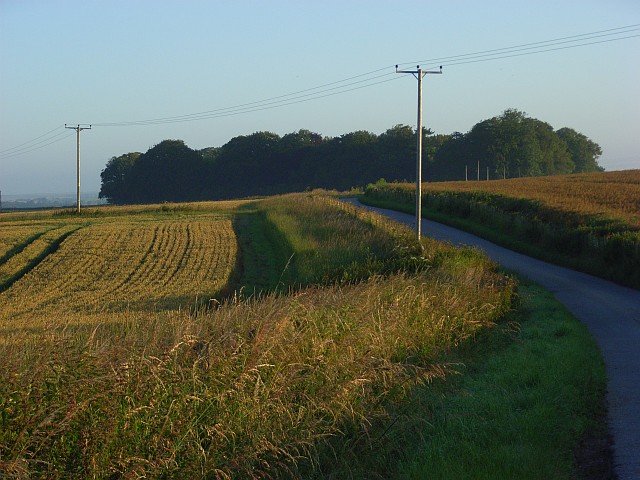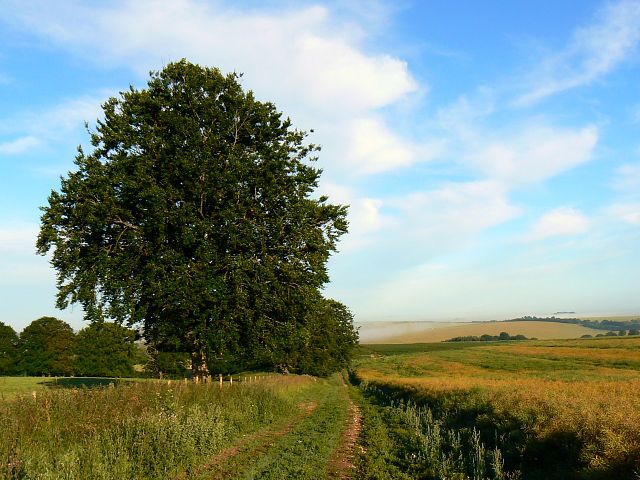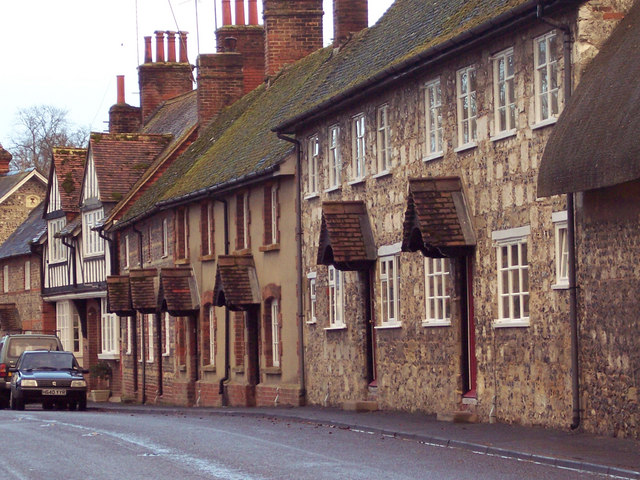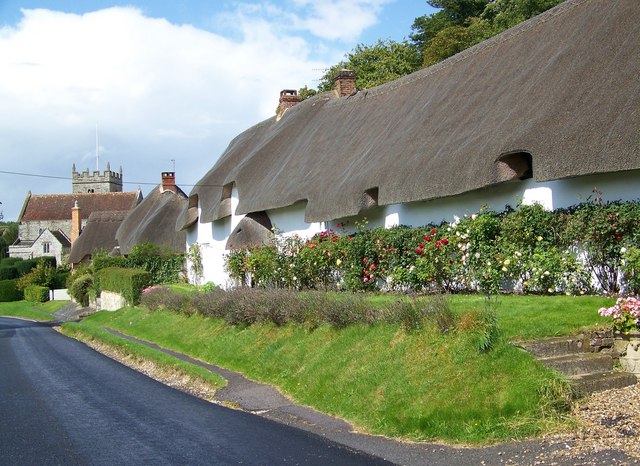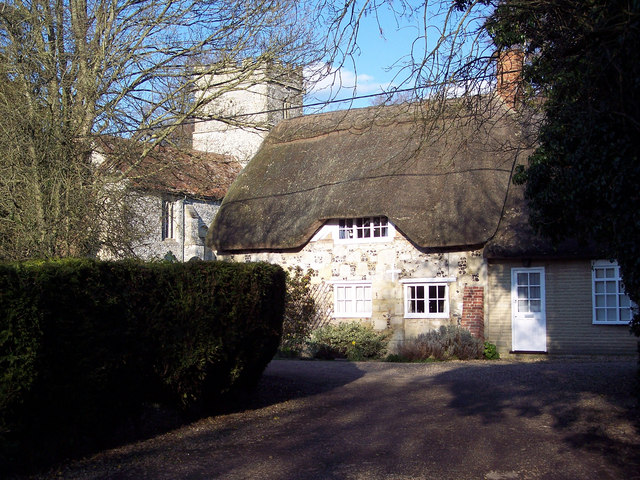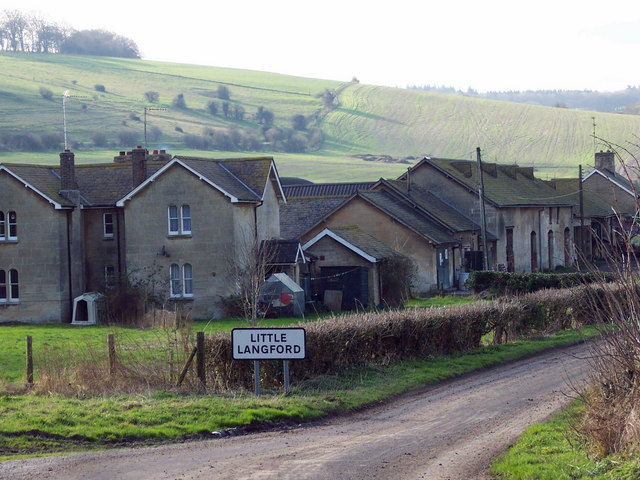Druid's Head Wood
Wood, Forest in Wiltshire
England
Druid's Head Wood

Druid's Head Wood is a picturesque woodland located in the county of Wiltshire, England. Situated near the village of West Ashton, this ancient forest covers an area of approximately 56 acres, making it a haven for nature lovers and outdoor enthusiasts.
The wood gets its intriguing name from a distinctive tree stump that resembles the head of a druid, a mystical figure from Celtic folklore. The stump is believed to have been carved by human hands centuries ago, adding an air of mystery and enchantment to the woodland.
Druid's Head Wood is primarily composed of a mixed deciduous tree canopy, including oak, ash, beech, and birch trees. The forest floor is carpeted with a diverse range of flora, including bluebells, wood anemones, and wild garlic, creating a vibrant and colorful display during the spring months.
The woodland is a designated Site of Special Scientific Interest (SSSI) due to its ecological importance. It provides a habitat for a variety of wildlife, including deer, badgers, foxes, and numerous bird species. The forest's tranquil atmosphere also attracts birdwatchers who come to observe species such as woodpeckers, buzzards, and owls.
Visitors to Druid's Head Wood can explore the network of footpaths that crisscross the forest, offering opportunities for leisurely walks and nature trails. The wood is particularly popular among families who enjoy picnicking, wildlife spotting, and immersing themselves in the serene surroundings.
Overall, Druid's Head Wood is a charming and captivating woodland that showcases the natural beauty and biodiversity of Wiltshire, providing a tranquil escape from the hustle and bustle of everyday life.
If you have any feedback on the listing, please let us know in the comments section below.
Druid's Head Wood Images
Images are sourced within 2km of 51.146152/-1.8801802 or Grid Reference SU0838. Thanks to Geograph Open Source API. All images are credited.




Druid's Head Wood is located at Grid Ref: SU0838 (Lat: 51.146152, Lng: -1.8801802)
Unitary Authority: Wiltshire
Police Authority: Wiltshire
What 3 Words
///nametag.uniform.reclined. Near Winterbourne Stoke, Wiltshire
Nearby Locations
Related Wikis
Berwick St James
Berwick St James is a village and civil parish on the River Till in Wiltshire, England, about 7 miles (11 km) northwest of Salisbury, on the southern edge...
Stapleford, Wiltshire
Stapleford is a village and civil parish about 4 miles (6.4 km) north of Wilton, Wiltshire, England. The village is on the River Till just above its confluence...
River Till, Wiltshire
The River Till rises near Tilshead on Salisbury Plain in the English county of Wiltshire. It flows for about 14 km (9 miles) south and south-east, through...
Winterbourne Stoke
Winterbourne Stoke is a village and civil parish in Wiltshire, England, about 5 miles (8 km) west of Amesbury and 3 miles (4.8 km) west of the prehistoric...
Great Wishford
Great Wishford is a village and civil parish in the Wylye Valley in Wiltshire, England, about three miles (5 km) north of Wilton and five miles (8 km)...
Ebsbury
The site of Ebsbury, in Wiltshire, England, includes the remains of an Iron Age enclosed settlement, field system and possible hill fort, and a Romano...
Little Langford
Little Langford is a hamlet and former civil parish, now in the parish of Steeple Langford, in Wiltshire, England. Its nearest town is Wilton, about 5...
South Newton
South Newton is a village and civil parish about 4 miles (6.4 km) north-west of Salisbury in Wiltshire, England. Topologically it lies between chalk downs...
Have you been to Druid's Head Wood?
Leave your review of Druid's Head Wood below (or comments, questions and feedback).

